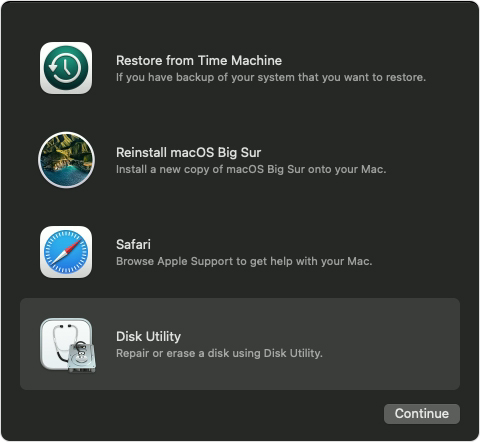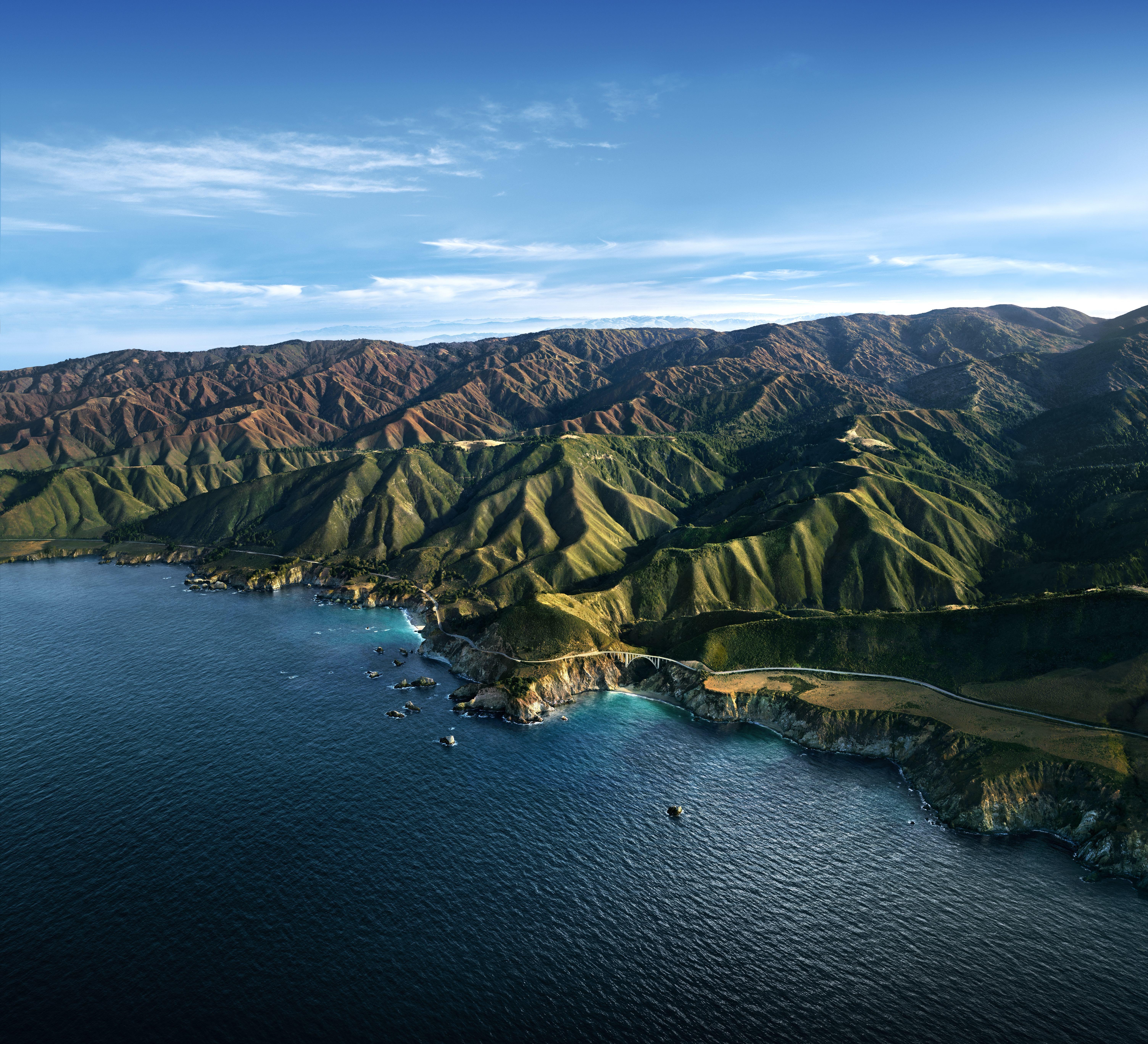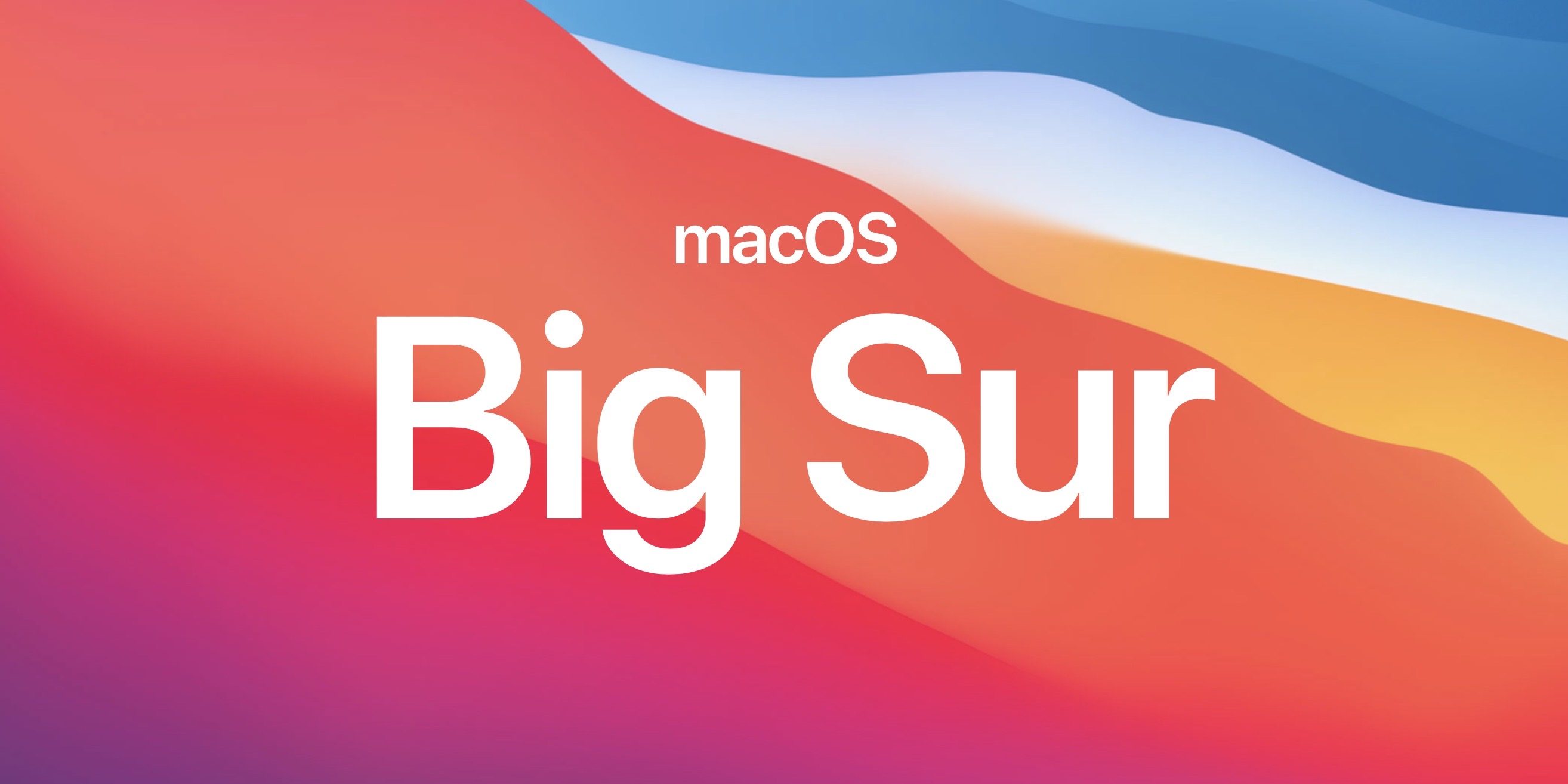

- #MACOS BIG SUR SIZE ON DISK HOW TO#
- #MACOS BIG SUR SIZE ON DISK INSTALL#
- #MACOS BIG SUR SIZE ON DISK UPDATE#
- #MACOS BIG SUR SIZE ON DISK UPGRADE#
- #MACOS BIG SUR SIZE ON DISK SOFTWARE#
To find Wi-Fi options, display adjustments in iPhone and iPad are easy and are finally accessible in macOS Big Sur. Now, it's time to view some tips and tricks on using macOS Big Sur to experience a little better experience. Got a clear-cut view regarding Big Sur requirements? Once updated, the chances might seem overwhelming at first glance and challenging to sort out things. So, what are the macOS Big Sur hardware requirements that my Mac device should meet for the successful accomplishment of the upgrade? The Mac devices compatible with the Big Sur minimum requirements are as follows:Īnother option to check macOS Big Sur hardware requirements about your Mac model is to click the “Apple’s” icon on the top-left of the screen and choose the “About This Mac” option to check the macOS Big Sur compatibility. Part 2: Hardware Requirements - Mac Models Compatible with macOS 11 Big Sur

#MACOS BIG SUR SIZE ON DISK UPGRADE#
If you upgrade from a previous release of macOS Sierra, the functional storage should be 44.5 GB.įeatures: Some features require an Apple ID or a compatible internet service provider. Storage: 35.5 GB available on macOS Sierra or later. Part 1: System Requirements for macOS 11 Big Surįirst, let’s look at the Big Sur system requirements in this session. So, with no delay, let's get into the macOS Big Sur requirements in detail. Many Mac users have come across this confusion as Mac's system requirements have gone through a couple of updates regarding Catalina, High Sierra, and Mojave. Haven't you updated yet? It isn't too late, but if you have a query regarding macOS Big Sur compatibility, then you are at the right place. Yes, with the most extensive upgrade that Apple MacBook has ever received before, macOS 11 Big Sur with the whole set of new features, design overhaul, and performance improvements are here. Once it is complete, you can start using the new macOS beta as you normally would.Finally, the most awaited moment of the macOS 11Big Sur release took place in November of 2020.
#MACOS BIG SUR SIZE ON DISK INSTALL#
Just install it and let it do what it is supposed to.ĭo note that your Mac will restart several times during this process so it is best you leave it as is during installation.
#MACOS BIG SUR SIZE ON DISK UPDATE#
You will see the new macOS beta update show up in a few seconds.
#MACOS BIG SUR SIZE ON DISK SOFTWARE#
Step 5: Now launch System Preferences and then click on Software Updates. Step 4: Run the utility and agree to what it says for installation. Step 3: Under Featured Downloads, you will find 'macOS Big Sur beta', click the Download button next to it and Safari will ask you to download the macOS Beta Access Utility. Step 2: Go to the section that is labeled 'Downloads'. Step 1: Assuming you've created a new partition, open Safari and sign into the Apple Developer Program website.
#MACOS BIG SUR SIZE ON DISK HOW TO#
SEE ALSO: iOS 14 Developer Beta: A Detailed Guide On How To Install The Beta Now that you have a partition to install the macOS Big Sur beta on, you can go ahead with the actual process of downloading the Big Sur installer and letting it do its thing. Step 4: Name the Volume Beta Step 5: Click 'Create' (Usually Fusion or Macintosh HD) Step 3: Click the '+' button above Volume. Step 1: Open 'Disk Utility' Step 2: Choose your Mac’s drive. If you are already on APFS, which is very likely, you can also just create a new Volume in Disk Utility.

Step 7: Click Apply and wait for the changes to save. Step 5: Make a Partition that is roughly 30-50 GB in size. (Usually Fusion or Macintosh HD) Step 3: Click on the 'Partition Section'. Here’s a breakdown of how you can do that: SEE ALSO: WWDC 2020: Here's How To Install watchOS 7 Developer Beta On Your Apple Watchīefore you start the installation, you need to make a second partition on your Mac. The minimum amount of space is 30 GB, but if you can spare 50GB for the partition you will run into fewer issues. You will need to make sure that you have enough space though.

You never know a small problem might end up costing your precious data. When dealing with beta software, it is best to play the safest possible game. This will keep your main macOS Catalina installation in place and make it easy to switch back and forth. If you don’t have a spare Mac to install the macOS Big Sur beta on, the best thing to do is create a partition on your Mac’s hard drive and install it there. Once done, you can download and install macOS Big Sur beta onto your compatible Mac. It requires an Apple Developer Program membership which you can sign up for here. Those looking to install the latest macOS Big Sur beta can do so right away.


 0 kommentar(er)
0 kommentar(er)
